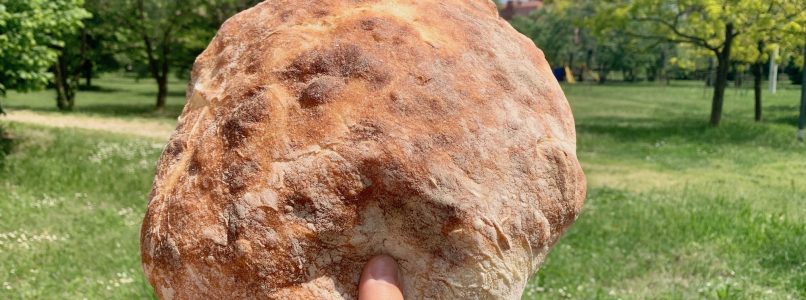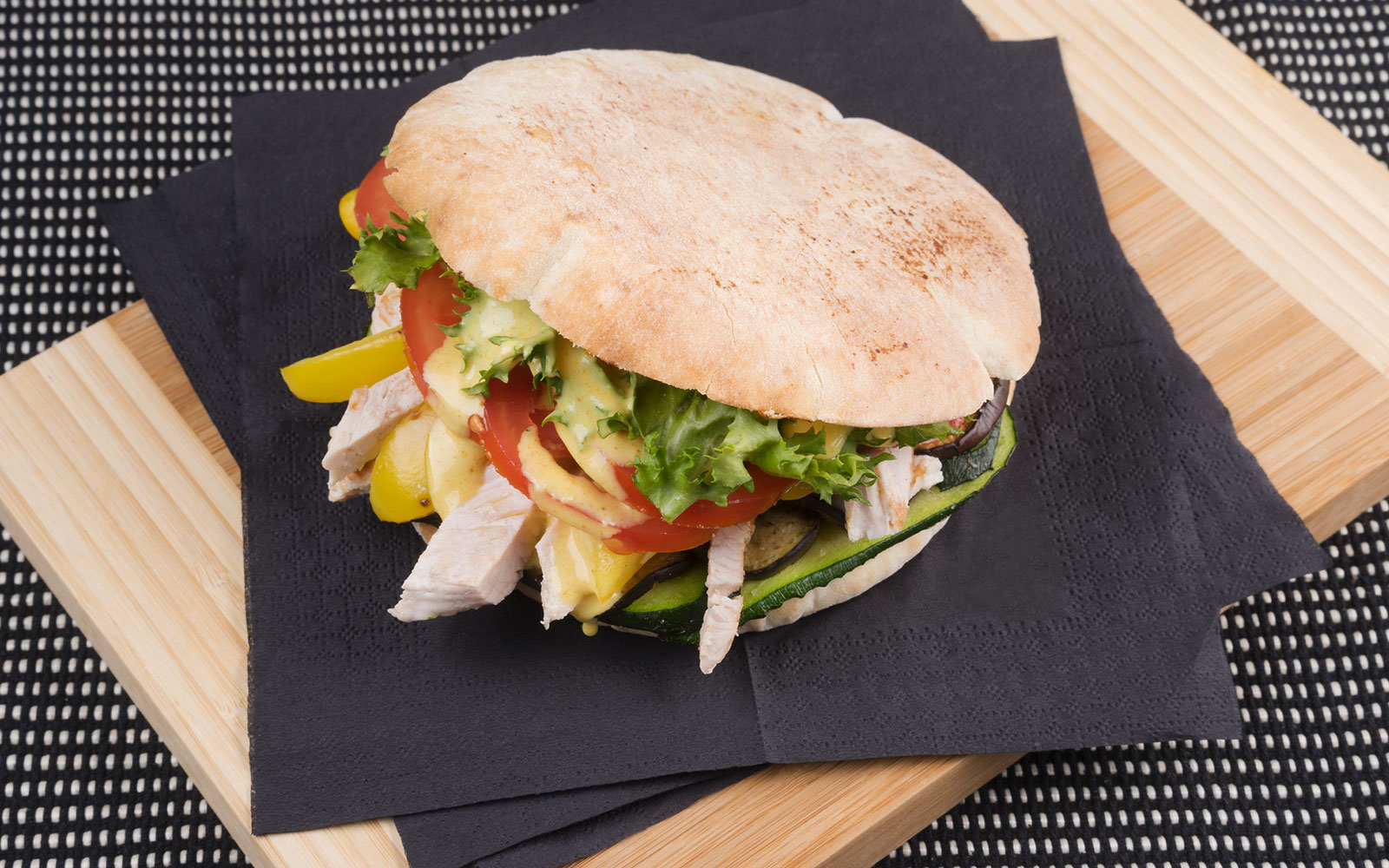Not to be confused with the Apulian one, the Puccia di Baggio was born from a mistake. A mistake that came so well that Mary and Vito decided to protect it with a trademark
Let's clarify one thing right away: Puccia di Baggio is not the Apulian one. It is a completely different thing, born of a mistake, of course, but from that moment on it became a certainty, at least for the inhabitants of the neighborhood. So much so that in a short time the Pucceria of Mary and Vito has also decided to register the trademark, just to prevent others from making the same mistake by chance!
What is Apulian puccia
Let's do a very brief review first: the puccia we all know is that typical Apulian bread, in particular from Salento and Lecce, with a dough based on flour, brewer's yeast, water, oil and salt, crushed and cooked in a wood oven. It is a swollen loaf without crumbs, perfect to be seasoned in various ways. It is eaten especially in summer, ideal to take to the beach (for those who want to stay lighter of course), stuffed with seasonal vegetables such as tomatoes, salad, peppers, aubergines or courgettes. But it can also be found with cured meats, cheeses, meat and fish. Here, now forget the Apulian puccia and go to Baggio, where at Mary and Vito's Pucceria you will find something else entirely.
The Puccia of Baggio
Mary and Vito are originally from Puglia and Sicily. About ten years ago, while they were preparing the classic Apulian puccia in their Baggio oven, they made a mistake, namely theadding milk. The result was an extremely soft loaf, which amazed them first of all; so they decided not to throw it away, but rather, to perfect it up to the exquisite product you find today. A large round loaf of bread, prepared with hard and soft wheat flour and above all the addition of milk, in fact, well cooked on stone on the outside and with a truly surprising softness on the inside. So good that they felt they had to protect her with a brand name, in order to protect their creation as brilliant as it is casual. So, for all those who complain that in Milan there is no good bread, which does not last more than a day, and so on, now there are no more excuses, because another characteristic of Puccia di Baggio is precisely the its durability.
It is present in various ways: straight, with oil, salt and oregano, or, only on Saturday, stuffed, when Mary and Vito indulge themselves in a thousand always different tastes.
The journey of Puccione
But over time their creativity has not stopped. Given the success of the puccia, they invented the journey of Puccione. This is the meeting between their Puccia and other ingredients: "The traveling puccione loves to eat at all hours. Where the conquest already arrives and a local ingredient is made! . So, they started preparing their puccia with various products from all over Italy, also according to different needs and personal tastes. «If you want the puccione with your favorite ingredient or reminiscent of a typical regional dish, tell us! We will prepare it for you! .
At Pucceria there are also many other baked goods to try, especially those in version gluten free. After much study, in fact, they have developed a recipe with swallowed wheat starch, which is the basis for the entire production. In short, now you really have countless reasons to go to that wonderful district of old Milan that is in Baggio.


